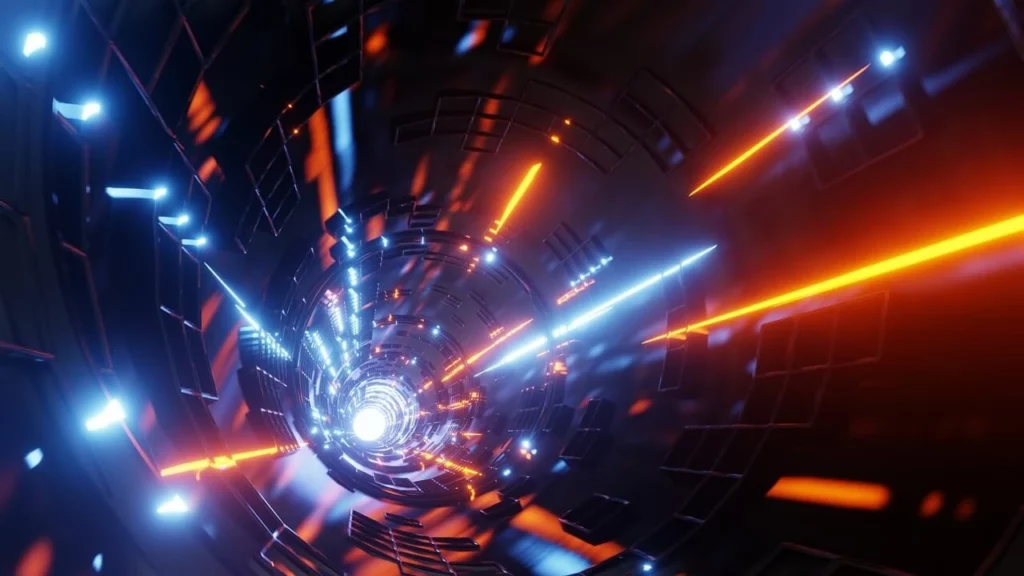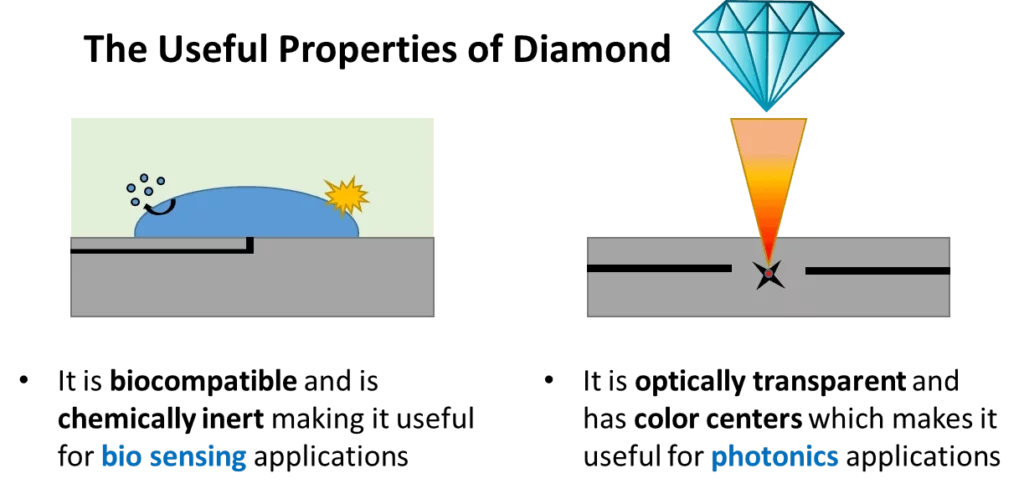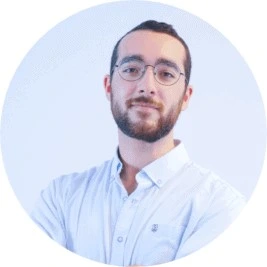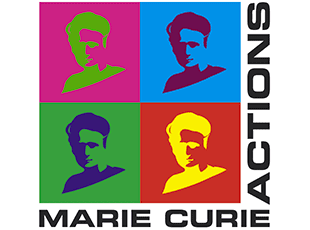Microfluidics quantum technology: LasIonDef
Microfluidics quantum technology: introduction

Microfluidics quantum technology explained: The field of quantum photonics is significant for quantum communication technologies, requiring the transmission of quantum information since the transfer of single photons is fast and relatively free of decoherence.
However, a truly scalable source of single photons is still an outstanding challenge. The controlled creation of deterministic single photon quantum emitters in comprehensive bandgap materials, such as the nitrogen-vacancy (NV) color center in diamonds and additional quantum emitters in diamonds and other materials, is therefore essential for practical quantum technologies.
Novel sensing devices based on the NV centers’ spin, which has unparalleled room temperature coherence, offer quantum-enabled magnetic, electric, and biosensing with unprecedented sensitivity. Microfluidics quantum technology opens the way to lab-on-a-chip devices enabled with quantum sensing capabilities (Nano Lett., 2015, 15(3), 1481).
The effort to harness ‘spooky’ quantum phenomena such as entanglement, which can be observed in laboratory conditions, into practical technologies will require the development of new techniques in high-performance material systems that can allow the generation, protection, manipulation, and measurement of single photons by quantum emitters, and the integration of these quantum emitters with photonic and microfluidic structures.

Microfluidics quantum technology: project description
The LasIonDef consortium researchers work to boost all the necessary technical and scientific advances to develop the next-generation microfluidic quantum technology.
Our efforts are focused on the creation of 3D printed microfluidic prototypes, fluidic interfacing, and post-fabrication characterization of diamond microchannels and devices, as well as on the development of novel microfluidic instrumentation and artificial neural network models for the characterization of the channels and their fabrication.
Juan Sandubete will be working on the software portions of the project, including electronics programming, simulation and model development, software interfaces, and artificial intelligence tools for microfluidic quantum technology. He is enrolled at the doctoral school of The Universidad Complutense de Madrid under the academic co-supervision of Prof. José Torrecilla.
Bibek Raut will focus on the project’s hardware sections, including mechanical components and microfluidic device design, 3D printing, and electronics development. He is enrolled at the ED3C doctoral school of the Université de Sorbonne under the academic co-supervision of Prof. Patrick Michel of the Paris Brain Institute (ICM).
This project has received funding from the European Union’s Horizon research and innovation program under the Marie Skłodowska-Curie grant agreement No 956387 (LasIonDef).
Start date: 01 Oct 2020
End date: 20 Sept 2024
Researchers

Juan Sandubete
Marie-Curie PhD candidate Elvesys/Universidad Complutense de Madrid
- Electronics, Robotics and Mechatronics degree by the Univerisad de Sevilla (B.Sc.)
- Systems and Control Engineering by the Universidad Complutense de Madrid (M.Sc.)
Areas of expertise:
Robotics, advanced automatic control techniques, electronics, embedded systems programming, artificial intelligence, and signal processing.

Bibek Raut
Marie-Curie PhD candidate Elvesys/Sorbonne Université
- Bioengineering and Robotics, Tohoku University, Japan (B.Sc.)
- Fine mechanics, Tohoku University, Sendai, Japan (M.Sc.)
Areas of expertise:
Additive manufacturing, 3D CAD design, tissue engineering, bio sensing, electronics.

